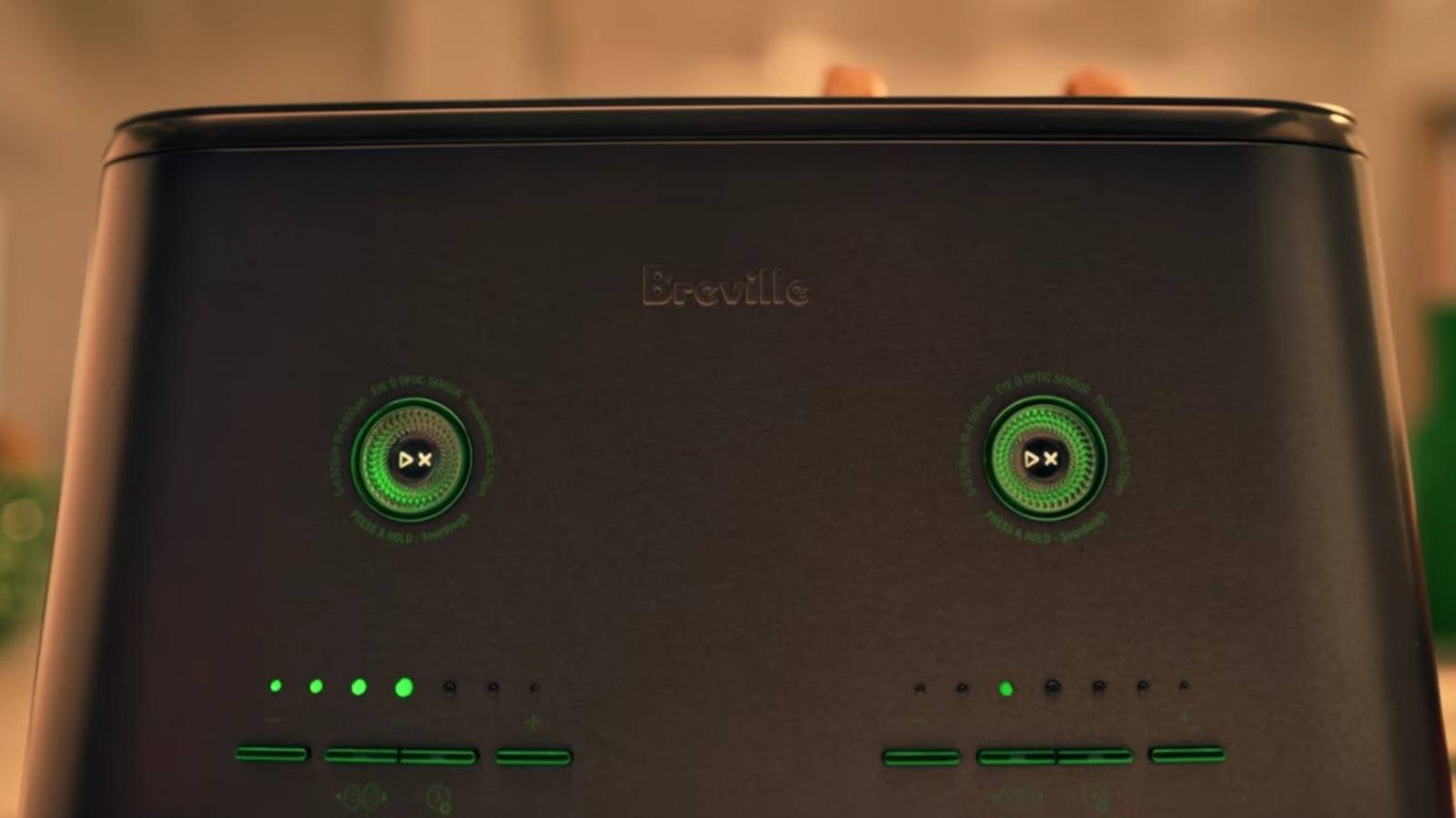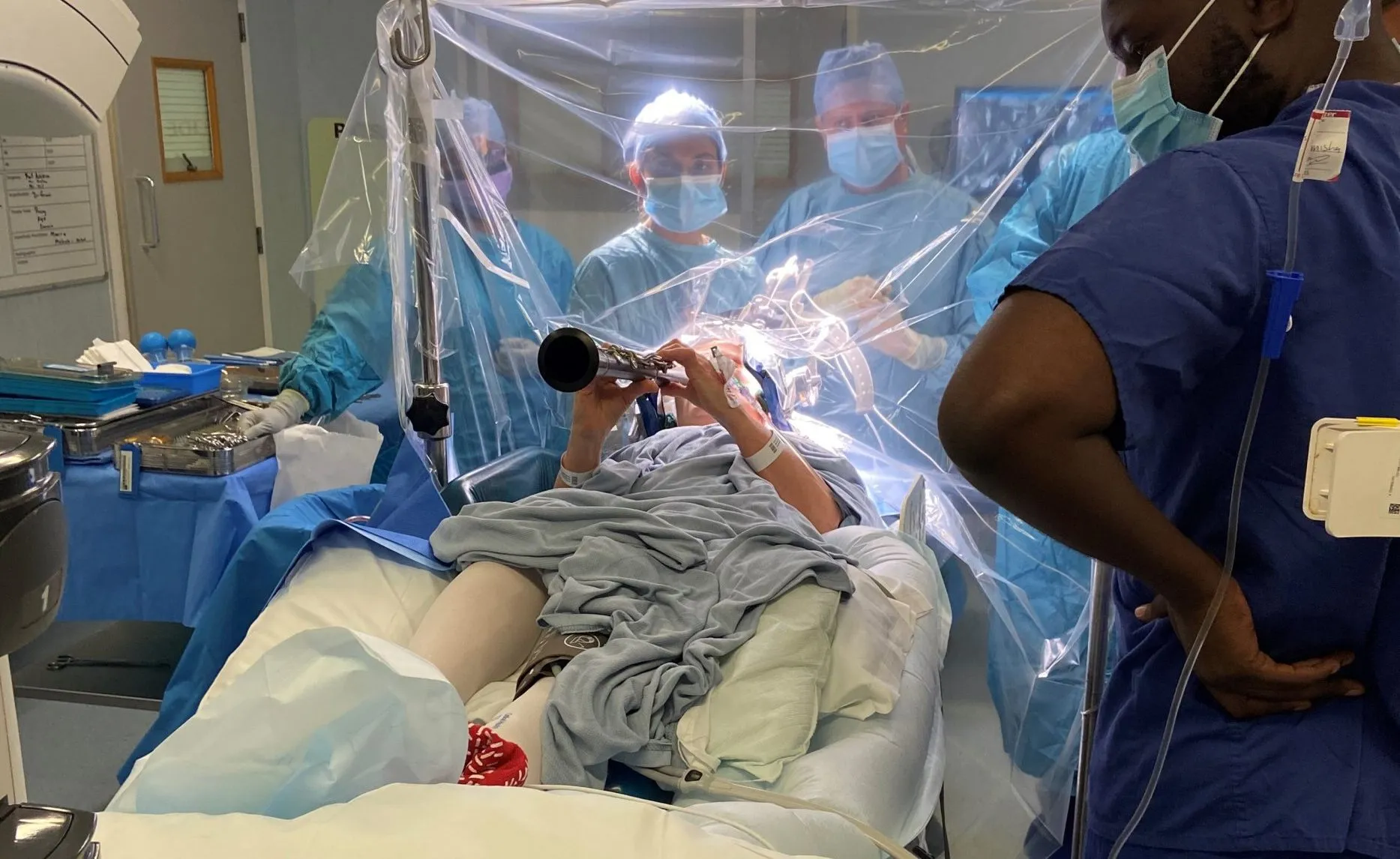Copyright New York Magazine

Welcome to Wrinkles Week on the Strategist, where we’re deeply vetting skin-care solutions for anyone who’s looking to smooth fine lines and wrinkles (or prevent them showing up in the first place). For more, head to our Wrinkles Week hub. Red LED face masks have dominated the skin-care conversation online, in spas, in doctor’s offices, and over cocktails. In fact, researchers from the University of Pennsylvania recently published a longitudinal study about the phenomenon and found that Google searches for red-light therapy exploded by 118 percent in 2024. The market for red-light or LED face masks — which claim to reduce wrinkles, spots, sagging, and more by triggering a healing reaction in skin cells — is projected to grow from what was $270 million in 2022 to $700 million by 2032. But it may surprise you to learn this technology is not exactly new. Light therapy began to earn recognition and even a Nobel Prize more than a century ago, and it has been used in hospitals for nearly as long. Red light emitting diodes (LEDs) became a focus of NASA research starting in the 1980s. So while you may have just gotten to asking ChatGPT what it thinks about red light, the tech has been in the works for a while. What is new is the growing selection of slick devices and their litany of variations: lightweight and bendable construction, novel LED colors like purple and green, specialized neck panels, cooling under-eye zones, built-in massagers, and more. Naturally, fakes emerged, too. And the price range is gaping. At Nordstrom alone, you can find a $98 LED mask as well as a $2,495 LED panel and several devices in between. On Amazon, masks as low as $36 have hundreds of five-star reviews. But the most coveted luxury face masks can go as high as $700 for Monastery the Deep Red LED Mask, $1,900 for the Shani Darden by Déesse PRO LED Light Mask, and $3,500 for the Artemis LED Mask & Neck System. What accounts for a 9,622 percent gap? According to experts, factors include testing for safety and efficacy, versatility, comfort, and knowing where corners can be cut. And with the right checklist, you can find the sweet spot. “The most expensive pieces of the mask are going to be the LED diodes,” explains Brandon Miller, a client sales executive at Clarkston Consulting who helps health-and-wellness companies develop products including LED masks. While technically not bulbs, diodes are sometimes referred to as such because they produce the light. Generally, budget masks contain fewer than 300 LEDs, he says, while midrange options hover around 500. That said, a mask could have a lower number of LEDs that are intense enough and spaced right to still be effective (more on that below). But past 500, Miller advises, there can be diminishing returns. Luxury masks can pack 700 to more than 1,000 diodes, but think of this more for those who want the Hermès of everything. “It’s the quality of the diodes, too,” he says. “A high-cost diode will be very precise with whatever that wavelength is compared to a cheaper diode, which may be more inconsistent and may not be able to penetrate the skin effectively or evenly.” If a diode doesn’t produce the right wavelength, you’re effectively shining a red flashlight on your skin at best. Double-check that a brand lists the wavelengths and make sure they are in the clinically proven ranges. Here’s a cheat sheet: Red light: 620–750 nanometers, which stimulates collagen production and repair, reduces inflammation, and improves circulation. Blue light: 450–495 nanometers, which targets acne-causing bacteria. Near infrared: 750–1,400 nanometers for deep tissue healing (penetrates muscle and joints). Far infrared: 3,000 nanometers–1 millimeter for detox and circulation, as it promotes sweating. Seemingly tiny factors affect a mask’s “dose.” Put too few diodes and the coverage becomes dappled, add too many and the price becomes silly. And if the mask sits too close to the skin, the light doesn’t spread out and shine across its full domain, meaning closer isn’t always better. “To control consistency across the wide range of faces, the best way for us was a hard shell,” says Tim Roberts, VP of science and innovation at Therabody, which, this month, launches TheraFace Mask Glo for $380 (a new 2.0 version of the brand’s viral $650 TheraFace Mask). Meanwhile some of the most credible masks, like Omnilux and CurrentBody, rely on a soft, flexible silicone style. Another key factor is each diode’s intensity. “The power density, multiplied by the duration of treatment, is the dose,” says Roberts. “We call it fluence. You could shine the right wavelength, but if you don’t have the fluence, you can’t get the therapeutic benefit.” Shorter treatment times (which consumers really want) require very consistent power and a circuit board that can control the battery like gas on a grill. “We use third-party testing to make sure we’re producing the right amount of light,” says Roberts. Typically shoppers never hear about the technical tests required to do this, but as of 2024, the cult-loved LED brand CurrentBody now markets its process, trademarked with the name Veritace. Consider this a good litmus test for where to spend your money. “By FDA standards, LED masks are a class-II medical device,” says Roberts. That means moderate-to-severe risk; contact lenses fall under this category, too. “Not all companies will register and clear [their mask], but when you do so, you’re aligning to a set of quality standards. You have to design and manufacture to these standards and hold yourself accountable as a company.” While this is technically required, some companies fly under the radar and don’t do it. This means clearance is not only an indicator of efficacy; it’s also a sign of a company doing its due diligence, which — for a product that could otherwise just be Christmas lights in a hockey mask — is a worthy filter. Keep your eyes sharp, because the terms “FDA-registered,” “-tested,” or “-certified” look similar but are not necessarily legit and do not meet the FDA requirement for a class-II device to be marketed. (Funnily enough, some of the most expensive LED masks do not pass this test.) If you want to really go into Harriet the Spy mode, cross-check the brand’s FDA-clearance online in the 510(k) database. It can take months or more to see results from skin care or a device, and the beauty industry notoriously takes advantage of the murkiness. This is where clinical trials step in. While there’s certainly a possibility that a cheaper device does affect change to the skin, you will be hard-pressed to find one that has receipts. Clinical tests are not cheap. “For leaders in the market and in luxury masks, you’ll typically see they’ve gone through some kind of clinical validation to prove efficacy of the product, which costs money and is absorbed into the product cost,” says Miller. Therabody recently conducted a clinical trial that cost somewhere in the range of $300,000, according to Roberts. Look for the words “clinically proven” on the product page; ideally the studies referenced are of the device itself (rather than piggybacking on studies with other devices). You should also make sure before-and-after pictures are taken in identical settings with the same lighting — not selfies taken by the testers themselves with different background, lighting, and photo quality. Before you write off little nice-to-haves, remember that an LED mask provides nothing to skin without consistent use, so don’t discount the luxuries, like shorter treatments times, comfortable straps, cord-free and hands-free design, Velcro that doesn’t get stuck in your hair, and an easy-to-read controller. If you actually enjoy your LED-mask routine, you’ll keep doing it, which means you’re more likely to see real results. “People like masks that have quick sessions,” adds Miller. “A rigor goes into that convenience. That’s achieved by the quality and expense.” Miller feels solid about recommending face masks in the $250-to-$450 range. Masks in this price range “usually has around 500 diodes, they typically have one-to-three wavelengths, and they are typically all FDA-cleared as well,” he says. “As a nice-to-have, they also tend to have shorter treatment times.” Anything below $200, he says, is a red flag. But the average price for a high-quality device may start to come down. Therabody credits the 41 percent price reduction to fine-tuning the diodes to come down from 648 to 504, reducing the number of scalp-massage motors from 17 to two, and finding cheaper alternatives to some of the guts of the machine. There may come a day when a $90 LED mask can deliver all of the above, but in the meantime, find our edit of six that make the cut today. More From The Strategist An Advent Calendar for Every Kind of Person The Best in Class Hall of Fame I Own 20 Pairs of Loafers. These Are the Ones Worth Buying. I’m Extremely Picky About My Pens. After Years of Testing, I Have 10 Favorites. See All



